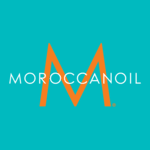History of Vaseline
Vaseline, renowned for its petroleum jelly product, boasts a storied history that traces back to the
19th century. In 1859, Robert Augustus Chesebrough, a chemist from Brooklyn, New York, stumbled upon
petroleum jelly while observing oil workers in Titusville, Pennsylvania. He noticed them using a
residue from oil rigs to heal cuts and burns. Recognizing its potential, Chesebrough refined and
patented the substance as "Vaseline" in 1872, deriving the name from the German word "Wasser"
(water) and the Greek word "elaion" (olive oil), highlighting its water-repelling and healing
properties.
Initially embraced for its medicinal uses, Vaseline gained widespread
popularity in the late 19th century as a versatile topical ointment. Its efficacy in treating minor
cuts, burns, and skin irritations solidified its place as a household staple. During World War I,
Vaseline became indispensable for treating soldiers' wounds, further enhancing its reputation for
healing properties. Over time, its applications expanded beyond medicine into cosmetics, where it
became a key ingredient in skincare products such as lip balms and moisturizers.
Today,
Vaseline remains a trusted global brand, synonymous with effective skincare and healing. Its legacy
as an affordable, reliable solution for skincare needs continues to resonate with consumers
worldwide.



















